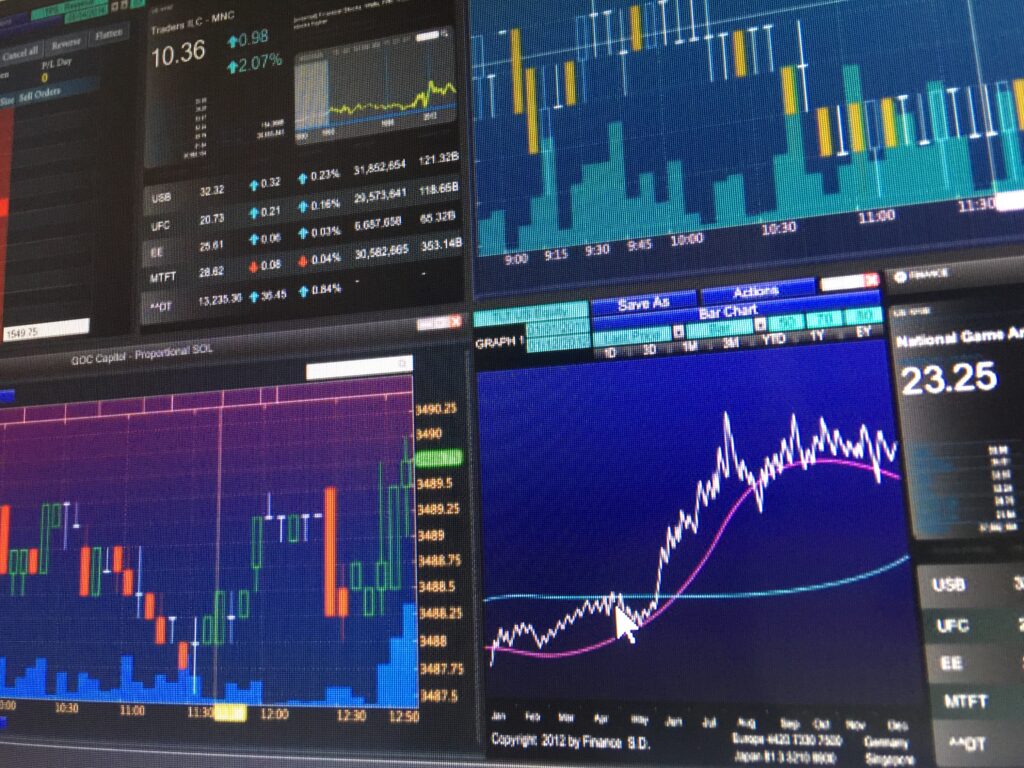Many markets will experience heightened market volatility, created by market uncertainty. In this environment, many traders find themselves getting chopped up by the violent fluctuations and then becoming reluctant to get back in. One strategy to use when dealing with conditions like this is pivot-trading. The pivot point involves a mathematical calculation of the previous day’s high, low and closing price that also allows you to determine support and resistance levels for the next trading day.
Understanding Risks of Pivot Points
Before you calculate your pivots, begin with a daily chart to determine the short-term trend. This will suggest whether to buy on a pullback or sell on a rally. If the short-term trend on the daily chart has been down, you should be more inclined to sell a rally at a test of resistance. Major resistance for a day-trade will be found first on the 60-minute chart at a level of old support, or at a price level that represents a prior top in the market.
Whatever approach you use, remember always to practice good risk management, which is the key to long-term success as a trader. As a rule of thumb, you should never risk more than you are trying to achieve. On a position trade, look for a 3-to-1 risk-reward ratio. On a day- trade, look for a 2-to-1 risk-reward ratio. You may not always achieve these ratios exactly as the trade unfolds; you may offset or reverse a position at any time if conditions change.
How to Calculate the Pivot Point
There are different pivot formulas that people use, but this is the basic one.
First, determine the pivot point using the previous day’s high, plus the low, plus the close, divided by three.
Next, calculate your first and second support and resistance
Support 1 (S1) = (2 x the pivot point) – the high.
Resistance 1 (R1) = (2 x pivot) – the low.
Support 2 (S2) = the pivot – (high – low),
Resistance 2 (R2) = the pivot + (high – low).
Using the Pivot Point Strategy
After you have calculated your pivot level, you would then look to enter into the market as close to that level as possible. If the market price is above the pivot, you would go long on a pullback to a price close to the pivot. You then would look for a test of R1 to take partial profits on your position, and a test of R2 to offset your entire position. Once the market goes up to R1, you would move your stop-loss up to a breakeven on the remainder of your position. This is just good risk-management. When going short, you would take the opposite approach. If the market price is below the pivot level, then you look to sell as close to the pivot as possible. Use S1 as your first profit objective and S2 for the final exit point. Trail your stop accordingly, as you would do with your bullish position.
Pivot levels are also effective on a weekly basis, and tend to offer stronger support or resistance than on the daily calculations. Investors looking to take physical delivery of the underlying product may find weekly pivots effective in determining entry points.
Even when fundamentals or technicals suggest a particular bias or trend, pivot points are useful in trading both sides of the market



